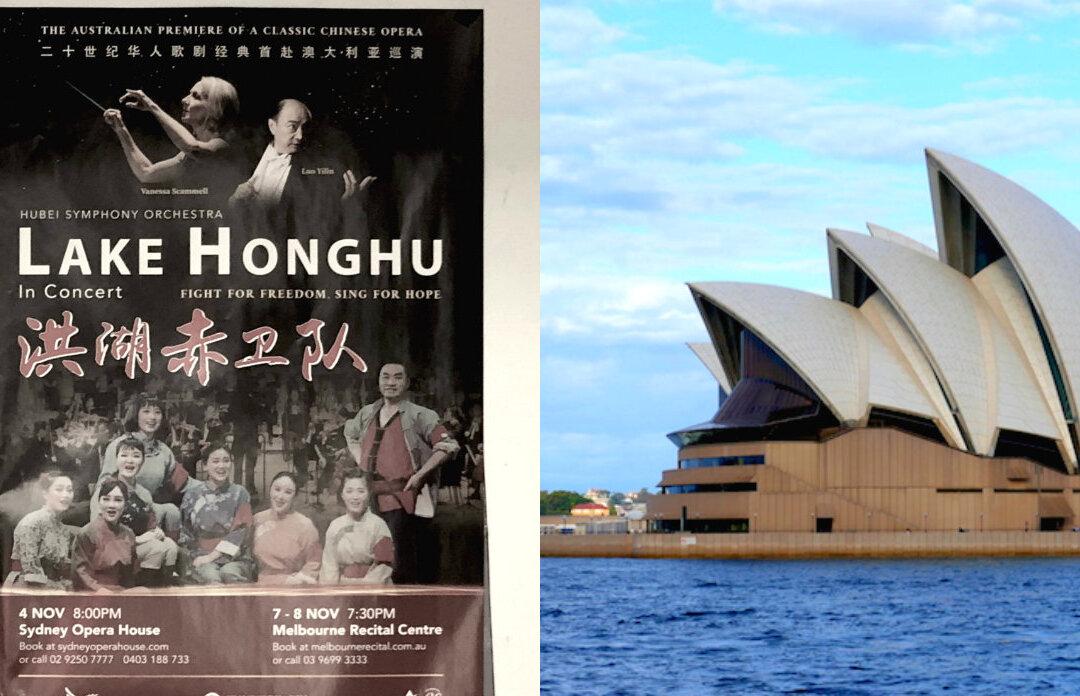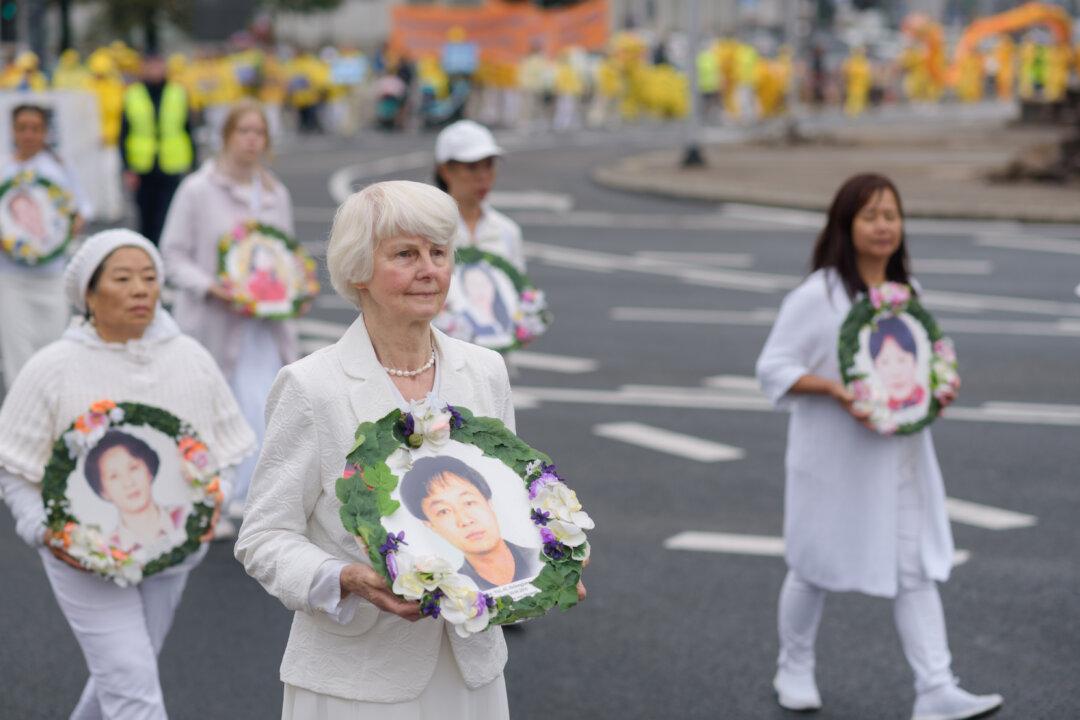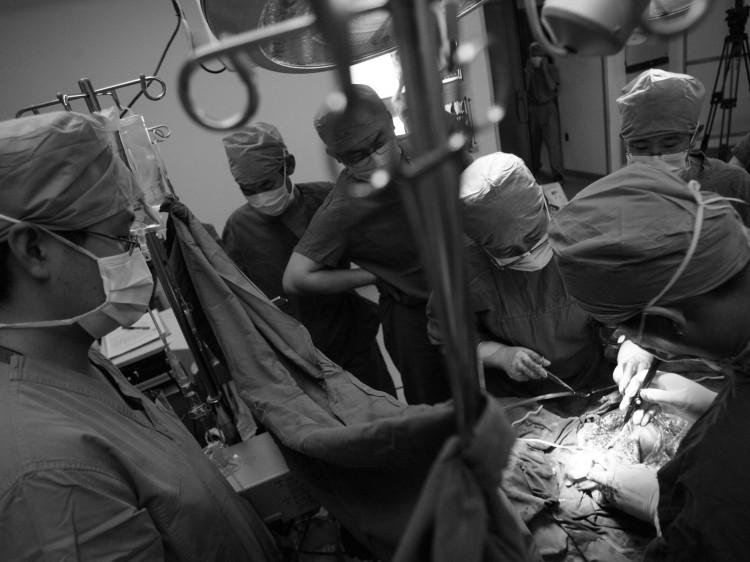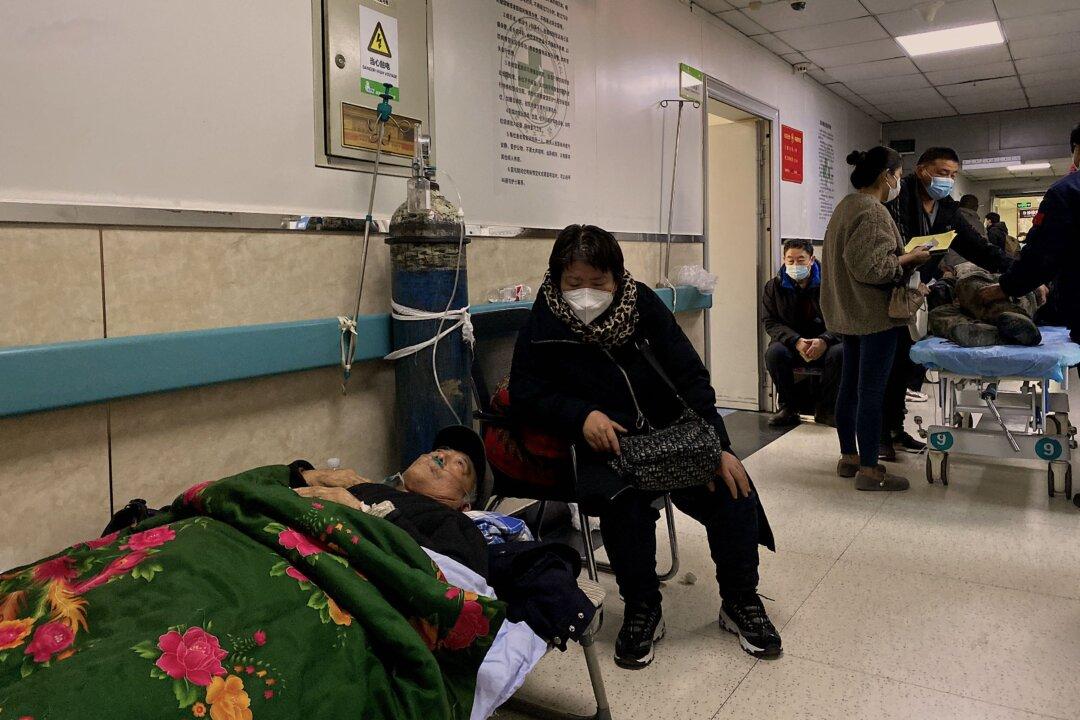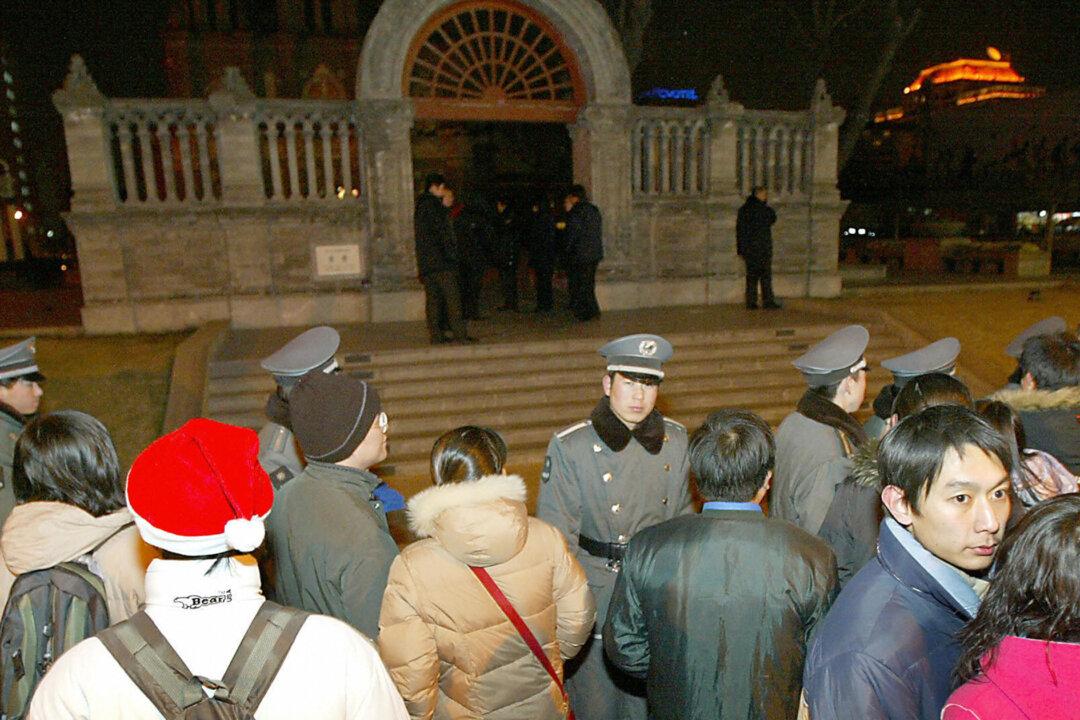“A country with strong soft power can easily spread its ideology and values, thus able to control and manipulate global public opinion,” said a December 2007 China Central TV report. The Chinese Communist Party (CCP) considers the ability to spread its culture of violence in the form of art to be a pivotal factor in its soft power campaigns.
According to the “Nine Commentaries on the Communist Party,” the CCP replaces Chinese traditional culture with its Party culture of “deceit, malice, and struggle” in order to maintain its tyranny. At the same time, it puts up superficial cultural manifestations as a façade to deceive people and increase its soft power globally.
